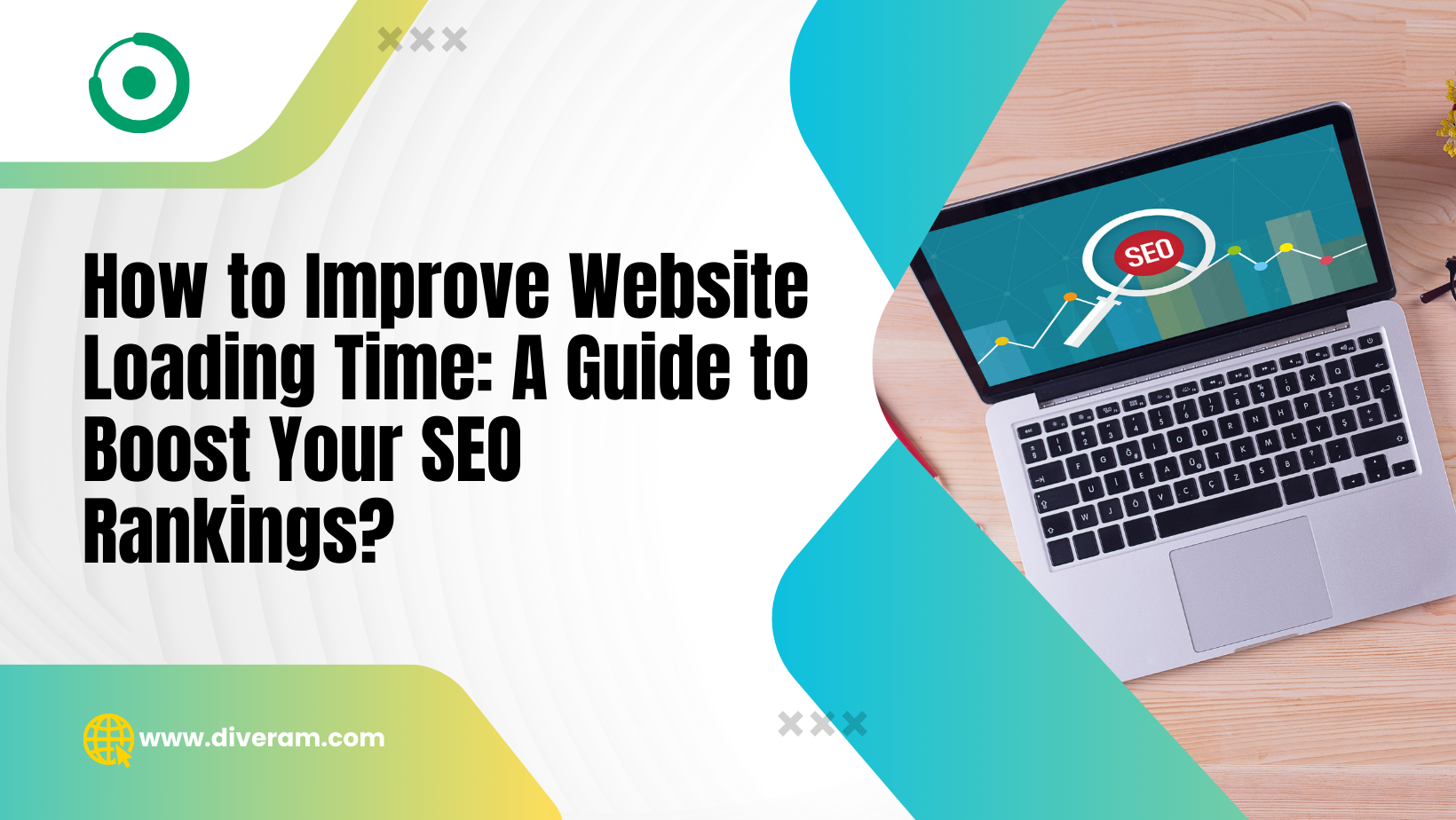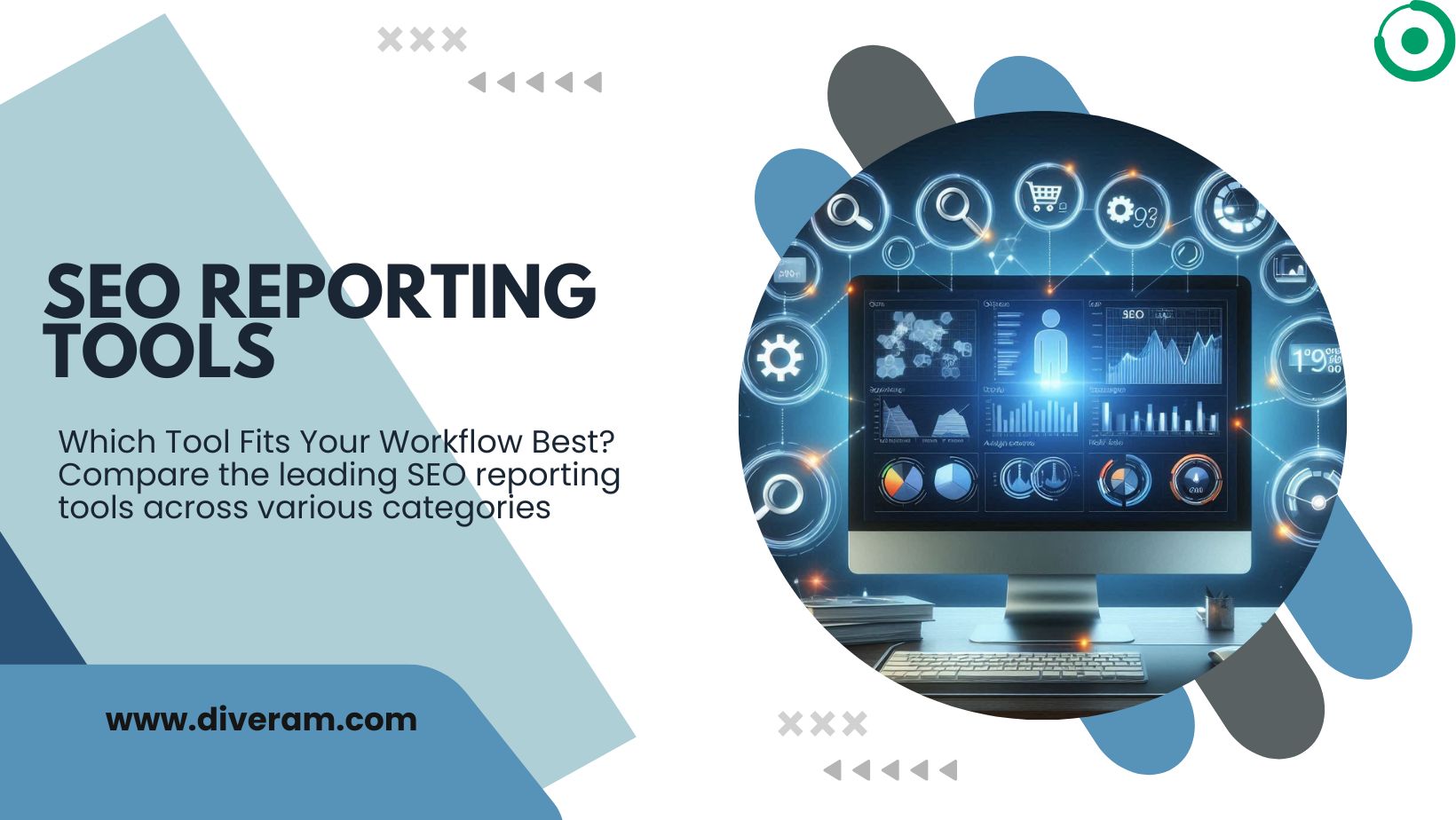Tips to Improve Your Website Speed

Website speed is a very important factor in the success of your website. Slow loading times can lead to a poor user experience, high bounce rates, and decreased engagement, which negatively impacts your SEO efforts. In this blog, we will explore why site speed matters for SEO and how to improve your website’s loading time.
Why Website Speed Matters for SEO?
- User Experience
Website speed is one of the most critical factors that affect user experience. When your website takes too long to load, users become frustrated and impatient, leading to high bounce rates and low engagement. On the other hand, a fast-loading website provides a positive user experience, keeping users engaged and more likely to stay on your website for longer periods.
- Search Engine Rankings
Search engines, such as Google, have long recognized the importance of site speed in determining search rankings. In 2010, Google announced that site speed would become a factor in search rankings. Since then, site speed has become an increasingly important ranking factor for search engines. Websites that load faster are ranked higher than websites with slower loading times.
- Crawl Budget
Crawl budget refers to the number of pages a search engine crawls within a given time. A slow-loading website may result in fewer pages being crawled, and therefore fewer pages being indexed. This can negatively impact your SEO efforts, as it reduces the number of pages available for search engines to rank.
- Mobile Optimization
With the increasing use of mobile devices for browsing the internet, mobile optimization is a crucial aspect of SEO. Mobile users expect websites to load as quickly as possible, and slow-loading websites on mobile devices lead to high bounce rates and poor user experience, which negatively impacts SEO efforts.
How to Improve Your Website’s Loading Time?
- Compress Images
Large image files can significantly slow down website loading times. Compressing images can help reduce the size of image files without compromising on quality. There are several online tools, such as TinyPNG, that can help compress images for your website.
- Use a Content Delivery Network (CDN)
A Content Delivery Network (CDN) is a network of servers that deliver web content to users based on their geographic location. Using a CDN can help reduce website loading times for users in different geographic locations. A CDN stores your website’s content on several servers located in different locations, so when a user requests your website, the server closest to the user’s location delivers the content, reducing the time it takes for the website to load.
- Minimise HTTP Requests
The more HTTP requests a website makes, the slower it loads. Minimising HTTP requests can help reduce website loading times. Combining files, such as CSS and JavaScript, and reducing the number of images on a page can help minimise HTTP requests. You can use tools such as GTmetrix or Google PageSpeed Insights to analyse your website’s HTTP requests and identify areas for optimization.
- Use Browser Caching
Browser caching allows browsers to store website data on users’ devices. This means that the next time a user visits the website, the browser can load the website faster by accessing the cached data instead of downloading it again. Enabling browser caching can significantly reduce website loading times and improve user experience. You can use plugins such as WP Super Cache or W3 Total Cache to enable browser caching on your website.
- Optimise Your Code
Code optimization involves improving the structure and organisation of code. This can significantly improve website loading times. You can optimise your code by removing unnecessary code, minimising whitespace, and optimising images. Tools such as Google’s PageSpeed Insights can help you identify areas for code optimization on your website.
- Choose a Fast Hosting Provider
The speed of your website is also dependent on the hosting provider you choose. If your hosting provider has slow servers, it can negatively impact your website’s loading time. Choosing a fast hosting provider can help improve your website’s loading time. You can use tools such as Pingdom or GTmetrix to test your hosting provider’s speed and identify if it is contributing to your website’s slow loading times.
- Minimise Redirects
Redirects can significantly slow down website loading times. Every time a user clicks on a link that redirects to another page, it adds an additional step that takes time to load. Minimising redirects can help improve website loading times. You can use tools such as Screaming Frog to identify redirects on your website and minimise them.
- Use Lazy Loading
Lazy loading is a technique that delays the loading of non-critical elements on a website until they are needed. For example, images below the fold can be loaded only when a user scrolls down to that section of the page. Using lazy loading can help improve website loading times and user experience. You can use plugins such as Lazy Load or WP Rocket to enable lazy loading on your website.
Conclusion on our tutorial
Website speed is a critical factor in the success of your website. Slow loading times can lead to poor user experience, high bounce rates, and decreased engagement, negatively impacting your SEO efforts. By implementing the above techniques, you can significantly improve your website’s loading time and provide a positive user experience, which can improve your search engine rankings and drive more traffic to your website. Remember to test your website’s loading time regularly using tools such as GTmetrix or Google PageSpeed Insights to identify areas for optimization and ensure your website remains fast and user-friendly.




